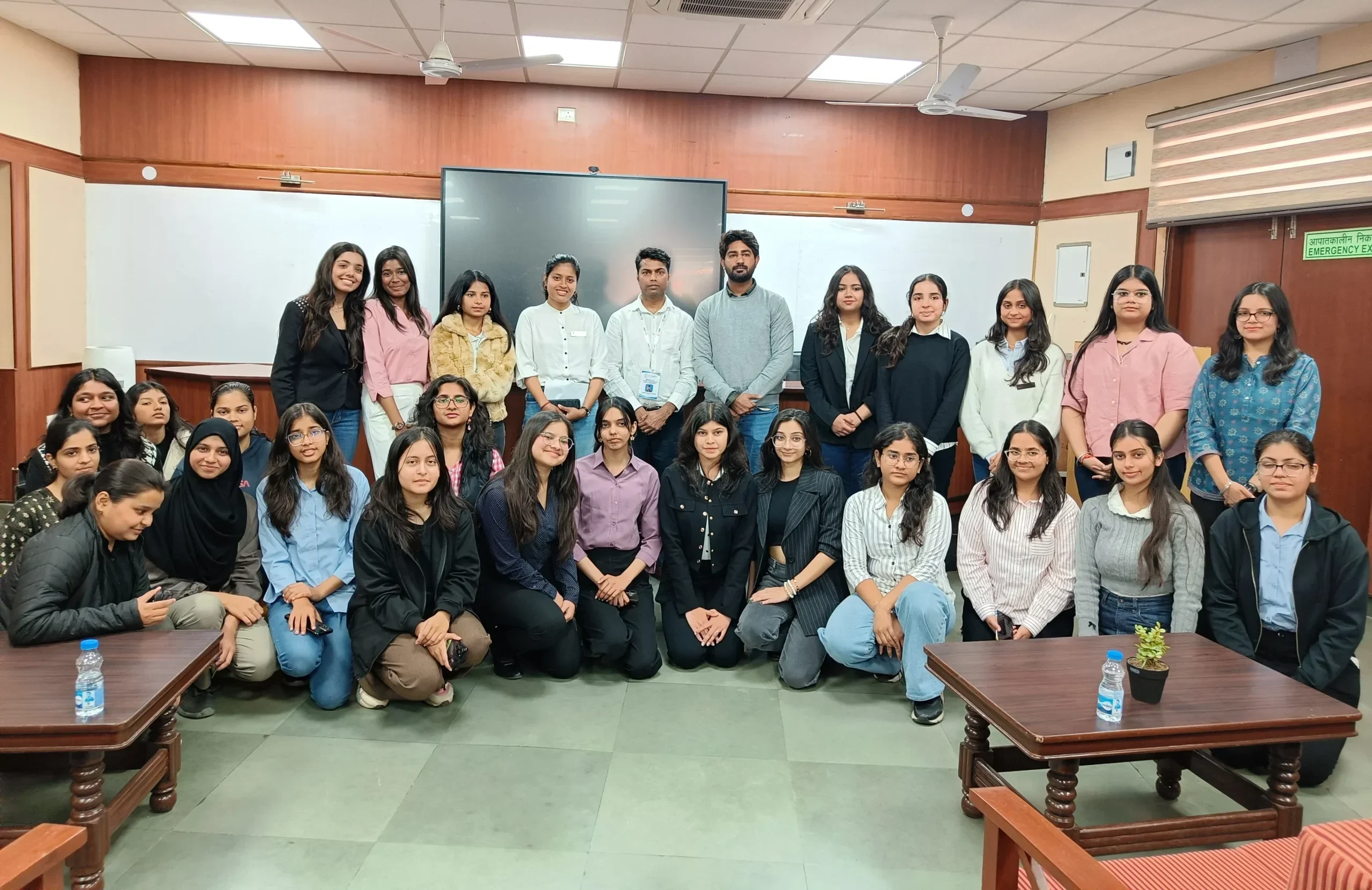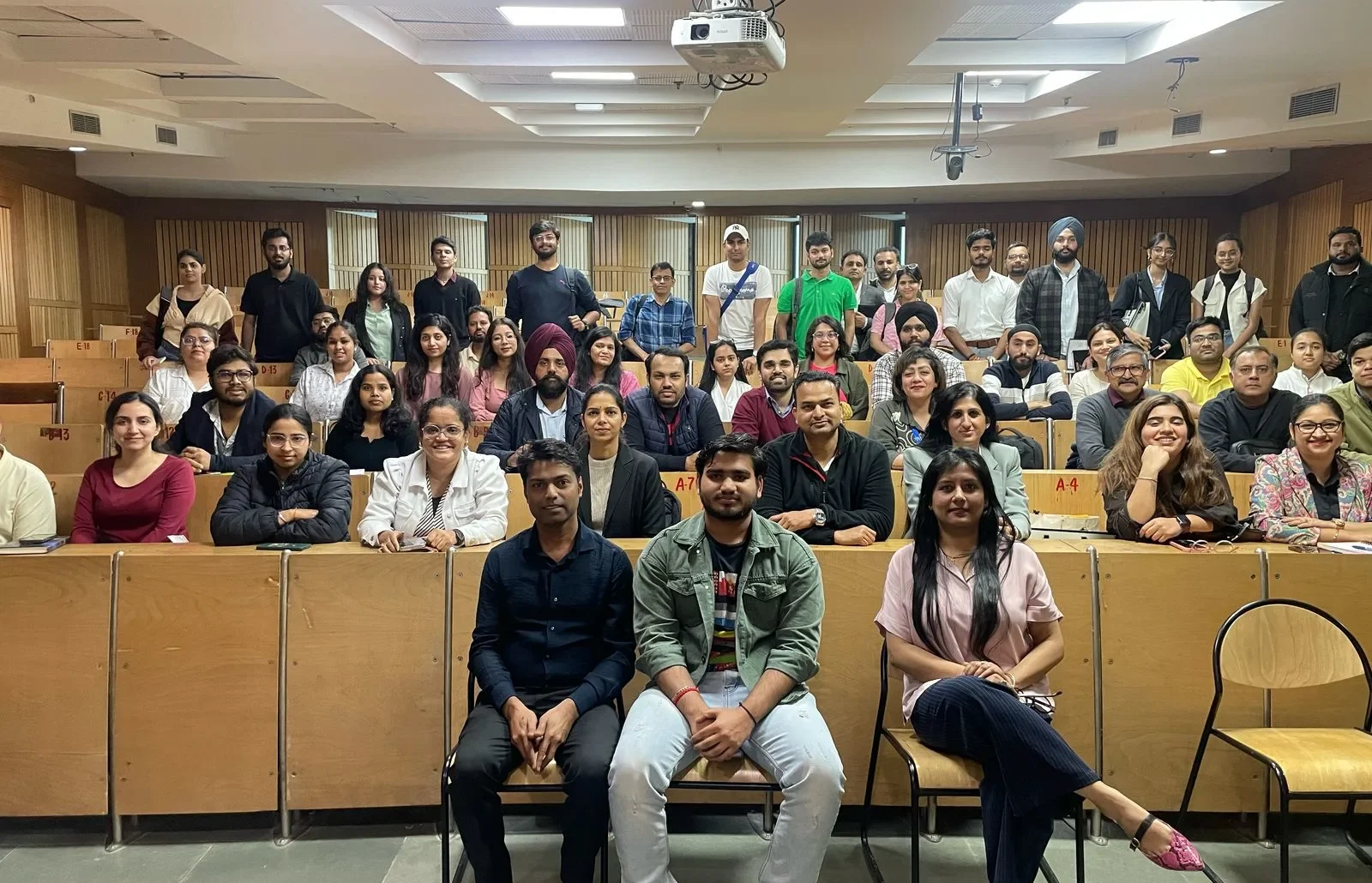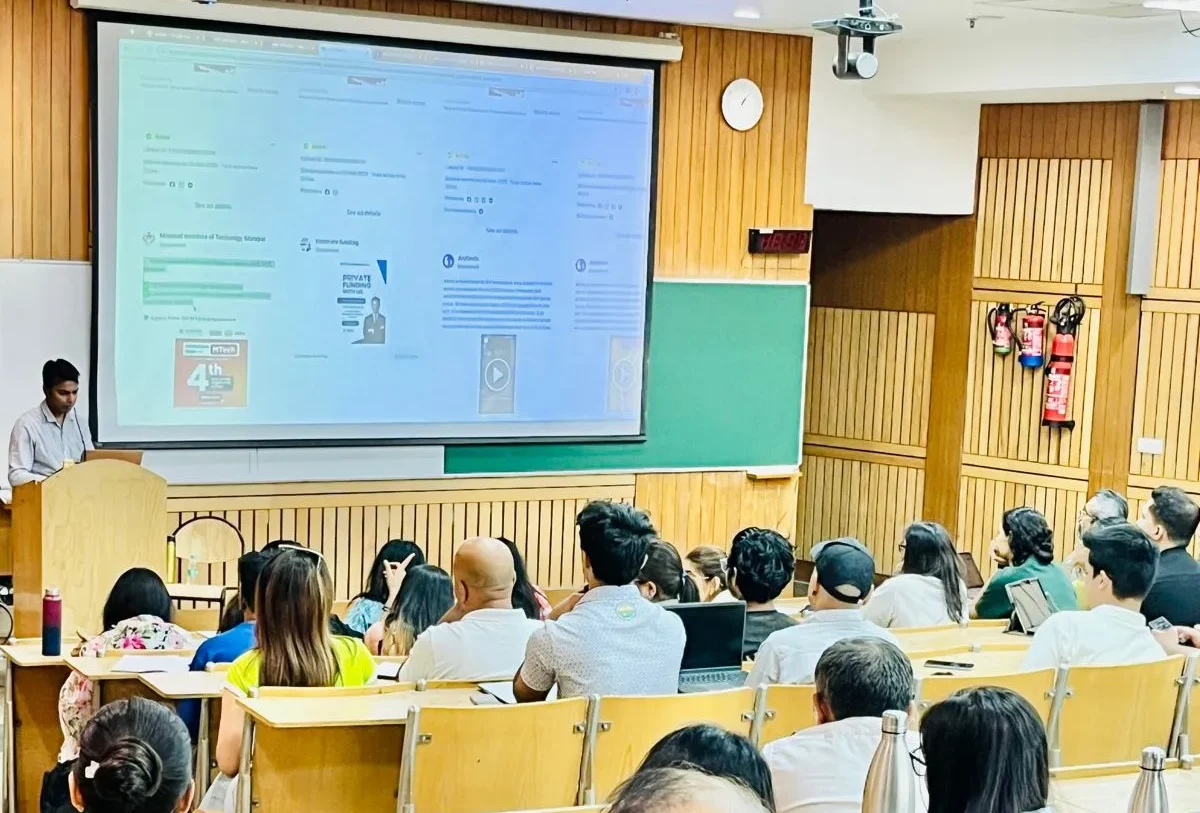
Voice & Visual Search Plus Synthetic Voices
As voice search, visual search, and synthetic voices come together, the landscape of digital marketing is changing quickly. Today’s brands are optimizing for natural, conversational searches, such as “best coffee shop near me,” which are long-tail, question-based terms that work with voice assistants like Google Assistant, Siri, and Alexa and smart speakers. Greater visibility and selection in voice-driven results are ensured by incorporating speakable schema, concise, unambiguous answer blocks, and FAQ-formatted material.

Additionally, visual search is becoming more popular. Real-time visual recognition combined with generative AI is simplifying shopping with Amazon’s new “Lens Live” function, which lets customers aim their cameras at products and quickly buy matching ones.
In the meantime, brand contact is being revolutionized by synthetic voice technology, which goes beyond voice recognition. Together, these AI powers allow marketers to create smooth, multimodal user experiences that react to visual or audio inputs with captivating, spoken outputs, thus establishing a new benchmark for inclusive and interactive marketing.
Voice Search
Voice-based assistants like Google Assistant, Apple Siri and Amazon Alexa allow people to query them rather than type them.

Key traits:
- The queries are usually not brief key words but conversational / complete sentences (What is the best Italian restaurant nearest to me?).
- Easy to use in hands-free mode, accessibility, smart home / device interactions.
Visual Search
This gives the end-users the option of using images (camera/photo) as the query input instead of text. As an example, taking a photograph of a product and saying what it is? or “where can I buy it?” Technology used: computer vision, object recognition, image metadata, context.

Synthetic Voices
Computer-generated speech, commonly based on AI / deep learning, occasionally text-to-speech (TTS) or voice-cloning, is known as synthetic voice. Examples: speech synthesis i.e. a realistic voice output of a text; or speech synthesis by means of a small sample voice.
How they relate
- A voice search system may make use of synthetic voices to reply to the user through speech (Instead of using text).
- Visual searching can be linked to voice: e.g. you hold something in the camera, and say through voice, what is that? and get a spoken answer.
- Synthetic voices bring a better user experience: e.g., a brand has its own voice-assistant speaker voice (synthetic), and voice queries + visual input are allowed.
Why they matter
- In the case of businesses/websites: You have to optimize differently. In voice search: write a conversation, longer-tail keywords. In case of visual search: good quality, well tagged, good metadata of images.
- To be accessible and convenient: People will be more vocal and pictorial instead of textual.
- Synthetic voices allow brands to create unique voices, and serve many languages in the shortest time, and localize content at low cost.













